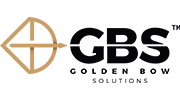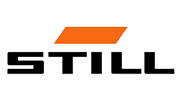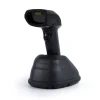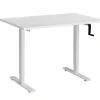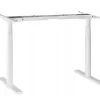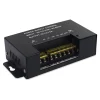Help Center: RFID Readers and Accessories
What is RFID technology?
Radio Frequency Identification (RFID) technology is a wireless method for identifying RFID tags. It involves encoding information in an electronic label, consisting of an antenna and a processor. The control is remote and relies on the use of radio waves, while the label contains an electronic circuit with a certain amount of data. Simply peeling off a square sticker from a store product reveals copper or aluminum tracks forming loops. In addition to the term ‘tag,’ you may also come across other names for such a setup: RFID sticker, RFIF label, transponder, or smart label. RFID labels can be in configurations of RO (read-only), RW (read and write), and WORM (write once, read multiple).
How does RFID technology work?
An RFID tag (label) consists of a processor and an antenna. Data is stored in the processor’s cache and transmitted via the antenna to a receiver. The transmission speed and range depend on many factors such as antenna size, frequency, radiation power, and the degree of signal interference. The tag is essentially a passive device when it is out of range of a reader. Activation occurs only when it is placed within the reader’s range. The energy needed to activate the label is wirelessly transferred from the reader through the built-in antenna. The RFID tag itself can be in the form of a self-adhesive label and can be combined with other markings, such as a barcode for RFID inventory.
Where is RFID technology used?
RFID has been used in access control and identification for several years. Each user is equipped with an individual tag or card that entitles them to enter a specific area. An example is swimming pools, where the tag is in a watch, and each tap on the reader unlocks a lock or gate and records the event in the system. RFID technology is used in automatic identification systems. It complements barcode technology and can replace it technologically. RFID has become very popular in warehouses and logistics. Depending on the needs, goods are marked at different stages of production, storage, export, or acceptance. The issuance and acceptance stages usually involve stationary RFID gates through which goods pass and are identified. RFID is used in stores for inventory control, as well as an anti-theft system. In the Decathlon retail chain, all products are marked with sewn-in labels with an RFID tag. The cash registers are not equipped with standard code readers but have built-in RFID readers. Simply moving the goods over the reader registers them in the system. However, if this does not happen, the gates, which also have an RFID reader, will trigger an alarm.
What devices use RFID technology?
RFID technology is used in RFID readers, which serve to read tags. Such devices are used in the identification of goods and people. To function properly, they utilize radio wave technology, allowing for the rapid reading of tags with specific chips. Some time recorders, used to control employee working hours and access to various rooms, are also equipped with RFID technology. The market also offers a wide range of accessories for use with RFID readers and time recorders. Available are plastic cards, stickers, key fobs, RFID copiers, or wristbands that can be used to count time, e.g., during entries to a swimming pool.
What frequency do RFID devices operate on?
RFID devices function properly using two frequencies, 13.56 MHz and 125 kHz. You can find models that operate on the 13.56 MHz frequency or those that only support the 125 kHz frequency. Additionally, devices operating on both frequencies, 13.56 MHz and 125 kHz, are available if needed.
How can you connect RFID readers?
RFID readers come in wired and wireless forms. Wired readers are connected to the target device using a dedicated USB cable. On the other hand, wireless RFID readers have a USB connector that plugs directly into a computer, without using a USB cable. They are typically small in size and resemble a USB flash drive.
What is the difference between an encoded and an unencoded RFID card?
Among RFID accessories, you can find encoded and unencoded RFID cards. Encoded cards have a 10-digit unique code, used for identification and enabling the assignment of data in the system. However, it is not possible to re-encode them with another code. Conversely, an unencoded card, being blank, does not have this code and allows the assignment of any code.

